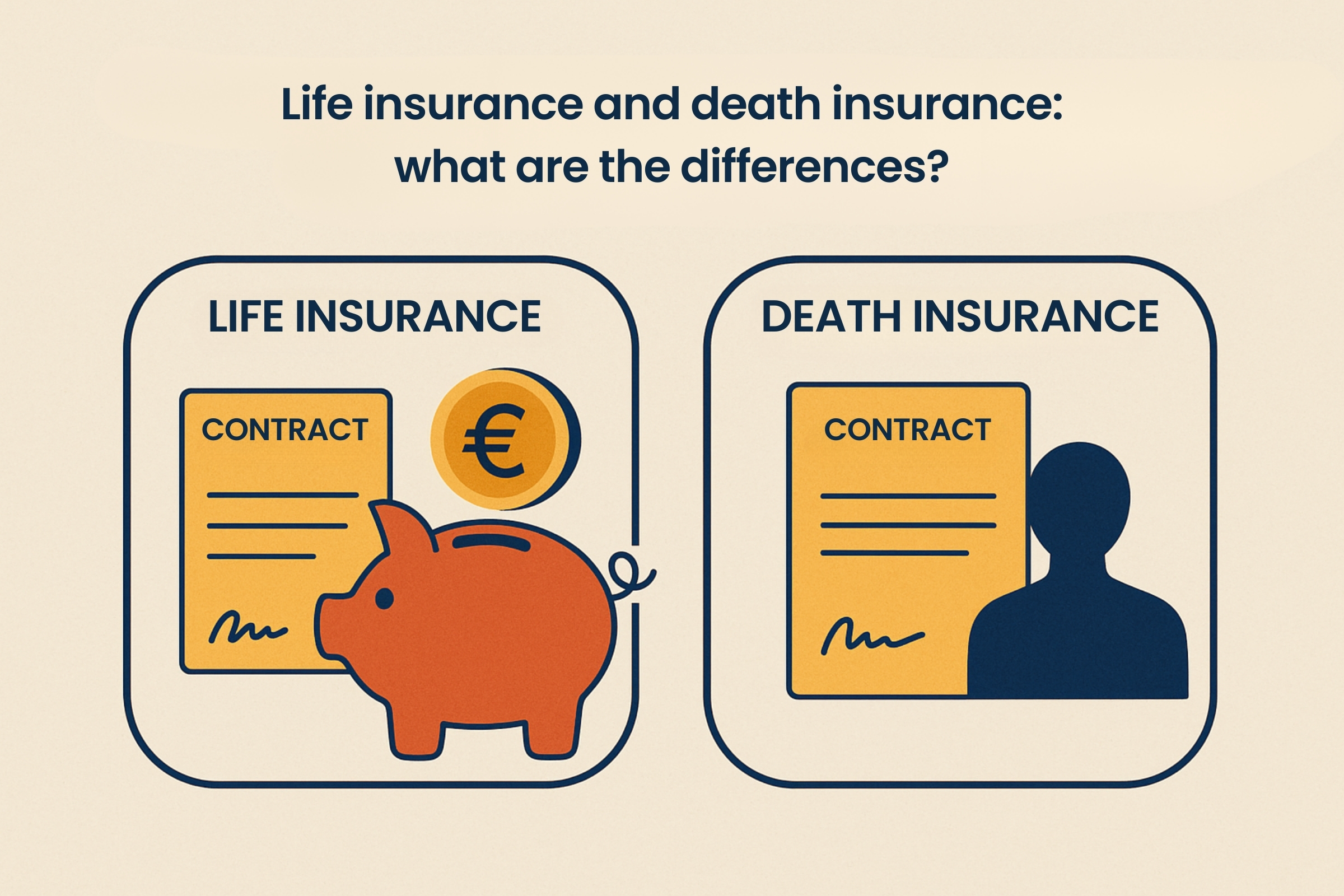The French Supreme Court (“Court de Cassation”) affirms that there are two types of loss of opportunity. There is the infirm loss of opportunity, which is reparable, and the hypothetical loss of opportunity, which is not reparable.
The notion of loss of opportunity is rather complex, as it is ambiguous. It can refer to both the disappearance of the probability of obtaining an advantage and the disappearance of the possibility of avoiding a loss.
Strictly speaking, loss of opportunity can be understood as the disappearance of the probability of obtaining an advantage, but the risk that could designate both the disappearance of the probability of obtaining an advantage and the disappearance of the possibility of avoiding a loss.
Compensation for the loss of an opportunity requires certain conditions that are not as clear-cut in the case of compensation for risk, which may correspond more to a future loss whose occurrence is to be prevented.
Compensation for loss of opportunity is divided into two separate matters:
I. Admission of loss of opportunity
II. Assessment of loss of opportunity
Admission of loss of opportunity
Loss of opportunity is sometimes situated between certain and hypothetical damage.
The risk is in proving that the loss of opportunity has certain, serious, and harmful consequences.
The article 1240 of the French Civil Code (“Code civil”) states that:
“Any act whatsoever of man, which causes damage to another, obliges the person by whose fault it occurred to repair it”.
Judges are frequently called upon to order full compensation for the damage suffered.
On the other hand, purely hypothetical loss of opportunity is not compensable.
Only the loss of a serious chance can be compensated. This filtering is underlined by a decision of the Supreme court (“Court de Cassation”), dated February 8, 2023 (Appeal n° 22-10.169):
“In the event of fault attributed to the healthcare professional in keeping the medical record, the burden of proof is reversed, and it is up to the healthcare professional to demonstrate that his or her fault was not the cause of the bodily injury suffered by the victim”.
The loss of opportunity must therefore have a definite causal relationship with the event giving rise to liability.
At the same time, another recent decision by the Supreme Court (“Cour de cassation”), dated September 15, 2022 (Appeal no. 21-13.670) states that:
“The prejudice resulting from this failure can be analyzed as the loss of an opportunity to take out an insurance policy suited to his personal situation, and any loss of opportunity gives rise to a right to compensation, without the borrower having to show that, better informed and advised by the bank, he would have taken out insurance that would have guaranteed the risk involved, or to prove a reasonable loss of opportunity”.
This solution is not new, as the Supreme Court (“Cour de Cassation”) often affirms that any loss of opportunity, however slight, can give rise to culpable liability.
However, the Supreme court (“Court de Cassation”) reasoning have a performative virtue, since they imply that any breach of the duty to inform or fraud automatically creates a loss, which must be compensated.
However, the burden of proof is particularly difficult for the victim to prove satisfactorily.
The plaintiff is expected to provide sufficiently convincing evidence to establish that, had he been better informed, he would have acted differently.
Between future loss, which is compensable, and possible loss, which is not, the French highest court (“Cour de cassation”) confirms the admission and compensation of a loss of opportunity.
The element of prejudice constituted by the loss of opportunity may in itself be direct and certain, whenever the disappearance of the probability of a favorable event is established as a result of the tort, even though, by definition, the realization of an opportunity is never certain.
The loss of an opportunity is therefore distinct from a mere risk, which lies in the existence of a probability of suffering a loss.
In this case, the lost opportunity is characterized by the disappearance of the probability of obtaining an advantage, or by the disappearance of the possibility of avoiding a loss.
In such cases, the Supreme Court (“Court de Cassation”) may still admit the loss of opportunity.
Assessment of loss of opportunity
(« L’évaluation de la perte de chance »)
Assessing loss of opportunity is a difficult exercise.
Today, loss of opportunity is governed by praetorian law. This will change little if the proposed reform of civil liability is adopted.
Measuring loss in the event of a professional’s failure to meet his or her obligation to warn or inform raises formidable difficulties.
As a result, trial judges, who are sovereign in their assessment of damages for loss of opportunity, cannot rely on certainties or probabilities that are too high, or “take for granted” several hypotheses, at the risk of being censured by the Supreme court (“Cour de cassation”).
The Supreme court (“Cour de cassation”) exercises only superficial control over the assessment of loss of opportunity.
The sovereign discretion of trial judges makes the criteria used to quantify the loss of opportunity less than transparent. Many judgments simply state the amount of the loss of opportunity, without providing the slightest explanation.
Two trends have been developed in the analysis of case law.
The first is the probabilistic approach. This approach focuses on assessing loss of opportunity in percentages. Loss of opportunity starts at 10% and can be compensated up to 100%.
As a general rule, judges calculate probabilities. They assess the probability of the chance occurring, in other words, the probability that the hoped-for event will actually take place. In practical terms, they measure this lost chance by first determining the value of the hoped-for event, and then applying to this sum a factor corresponding to the probability of its realization.
Indeed, the LYON Court of Appeal (“Cour d’appel”), in a ruling, dated September 28, 2023 (no. 21/01340) emphasized the probabilistic approach:
“Consequently, the court approves the first judges’ assessment of the loss of chance at 50%”.
“Evaluated the loss of chance at 50% and ruling again to evaluate it at 90%”.
In a judgment dated September 11, 2009 (no. 09/05089), the Nanterre Regional Court (“Tribunal de grande instance de NANTERRE”) emphasized that:
“Quantifying the extent of this loss of opportunity is a complex process, inspired by a probabilistic approach. In any case, it requires the formulation of a basic assumption, which is decisive for its calculation, that the behaviors involved are those of rational actors with an aversion to risk.
Intuitively, the higher the lost chance, the higher the rate of loss of chance to be applied to the victim’s loss”.
The second approach is lump sum. The prejudice resulting from a loss of chance must be fixed without using a percentage.
Judges estimate the compensation for damage caused by others by invoking lump-sum compensation.
In this case, the loss resulting from a breach of an obligation to provide information is analyzed as a loss of opportunity not to enter into a contract, or not to have been able to enter into a contract on more advantageous terms.
Indeed, the AMIENS Court of Appeal (“Cour d’appel”), in a judgment dated January 31, 2019 (n°14/03848) states that:
“The loss resulting from the loss of opportunity not to contract should be assessed at the sum of 20,000 EUR”.
The loss is fixed as a lump sum, without any assessment of the lost opportunity.
The same court, in NIMES, in a judgment dated December 14, 2017 (n°16/01608) regarding fraudulent concealment, in the context of a sale, considers that the loss:
“Of the possibility of contracting on more advantageous terms (…) must be assessed at 10,000 EUR”.
In conclusion, on the one hand, the Supreme court (“Cour de cassation”) admission of any loss of opportunity is more a philosophical posture than a pragmatic approach. Moreover, this approach has detrimental consequences, particularly in terms of evidence.
Furthermore, the assessment of loss of opportunity often leaves trial judges at a loss. So much so, in fact, that it’s worth asking whether a thorough overhaul of the system might not be appropriate.










